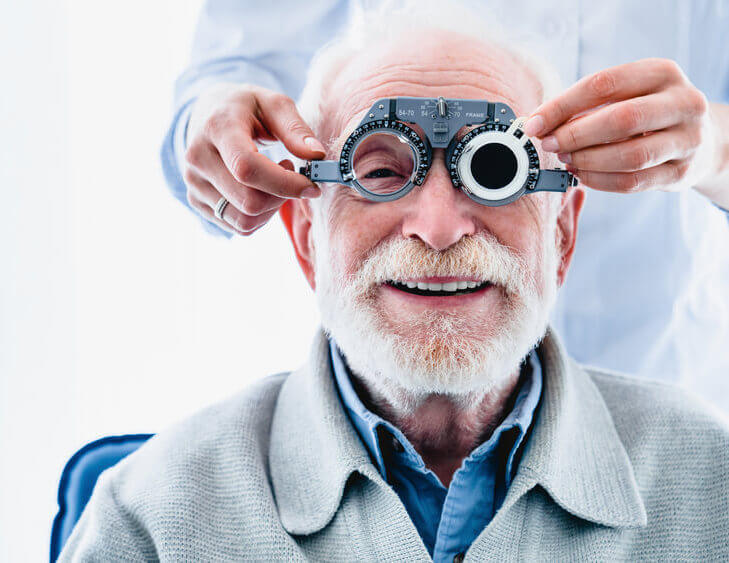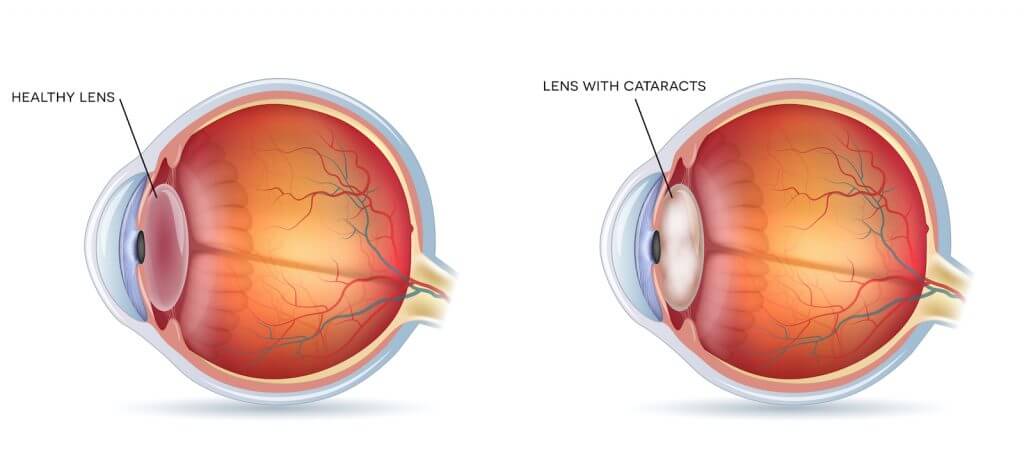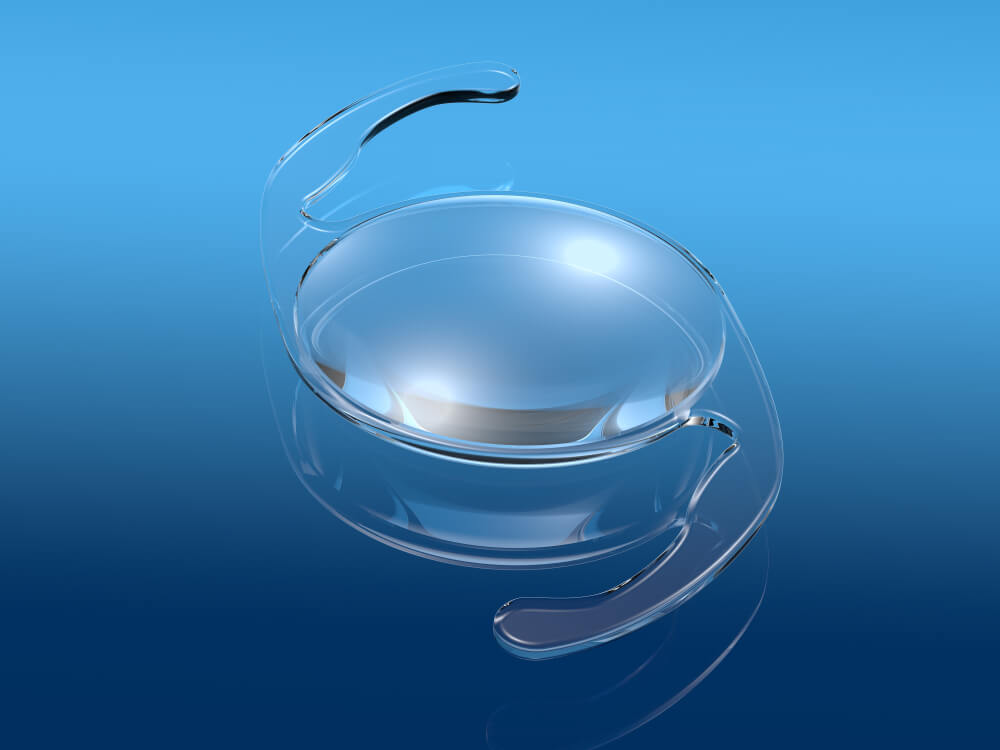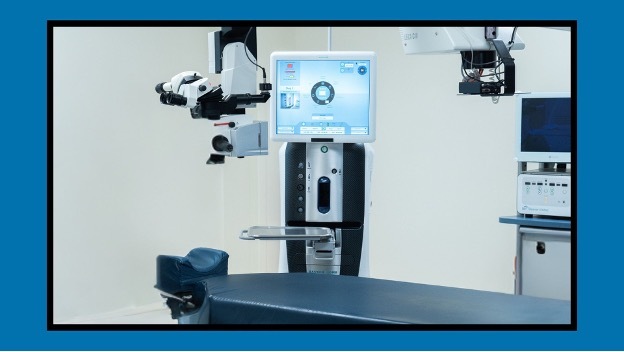Cataract Center

Cataract surgery has existed for thousands of years, but recent innovations in technology have transformed this into a very safe and effective surgery. As a patient, it’s great to know that the success rate for cataract surgery is high when you are confronted with this problem. Cataract surgery is the most performed surgical procedure covered by Medicare today! Nowadays, advanced artificial intraocular lenses (IOL) have allowed patients to recover more youthful eyesight. Instead of dealing with eyeglasses after surgery some patients may have the choice to upgrade to a new premium type of lens that will enable vision at multiple distances. In addition to the new lens implants available, less invasive surgical techniques have come to fruition to enable much faster healing.
We have the most up to date and modern surgery techniques available to our patients and skilled cataract surgeons to help ensure a successful procedure. The doctors at The Eye Center of the North Shore operate at a state-of-the-art surgical center to ensure a safe and comfortable experience.
What is a Cataract?
A cataract is a naturally occurring change in the lens of the eye in which gradual clouding makes vision less sharp over time. Patients typically report the sensation of looking through wax paper. They often have trouble driving at night and colors become dull. The eye works much like a camera and the lens must be clear to see well. A healthy transparent lens transmits light and accurately focuses it onto the retina, providing a crisp clear image. As the eye ages, proteins begin to clump together within the lens forming opaque clusters. Over time these protein deposits eventually cloud the entire lens limiting the amount of light that can pass through.
Most cataracts do occur with normal aging but there are certain risk factors:
- Trauma to the eye including injury, burns or surgery
- Toxins including regular tobacco use
- Exposure to UV radiation
- Certain diseases including diabetes and glaucoma
- Heredity may play a role in certain unusual forms of cataract.

Cataract Symptoms
- Blurred or foggy vision
- Cloudy or dim vision
- Difficulty seeing in low light or at night
- Glare or halos around lights
- Double vision in one eye (monocular diplopia)
Cataract Symptom Checker






Cataract Evaluations
Once it is determined that you have a cataract, an assessment will be done to determine if surgery is appropriate.
You will have a series of tests performed including dilation and should allow at least 1.5 hours for your appointment. We recommend having someone drive you home after your visit due to dilation drops taking a few hours to fully wear off.
After having your evaluation performed you will meet with your doctor to discuss surgical options and choose the best replacement lens for your lifestyle.
Lastly you will meet with our surgical coordinator to answer a brief survey, discuss the needed eye drops before surgery, finalize your selected intraocular lens (IOL) and schedule the surgery as well as post-op visits.
Please take a few minutes to review the information below to understand the different options you have when it comes to choosing the right intraocular lens (IOL) for you.
Cataract Surgery Choices

Once you have made the decision to undergo cataract surgery with your eye doctor you will have a series of decisions to make related to the type of artificial lens implant you will have. Up until recently everyone who had cataract surgery received a monofocal lens implant. This lens enables excellent vision at one distance, typically far away. With new innovations, more advanced lenses are now available. These lenses are referred to as premium lenses and come in various forms.
Some of these lenses may even provide the chance of living the remainder of life glasses-free! You and your eye doctor will work together to determine the right lens for your eyes. If a premium lens implant is suitable and the chance of success is good, you can explore this path. Premium lenses typically come with an extra cost that Medicare does not cover.
Premium Lens Types
Multifocal Lens
Multifocal lens implants are lenses with multiple points of focus, designed to replace cataracts and provide a full range of vision including distance, intermediate, and near.
Accommodating Lens
Accommodating lens implants are premium lenses that contain a hinge that allows for both near and far vision. The hinge helps mimic the natural lens by moving inside the eye to accommodate.
Toric Lens
Toric Lens Implants are astigmatism correcting Monofocal Lens implants. This is a lens with a single focal point designed to replace the cataract and correct pre-existing astigmatism. These lenses will provide distance vision while glasses will be required for near vision activities such as reading.
The Cataract Surgery Process

After the proper anesthetic is given, your surgeon will remove the cataract through an incision only 3mm in size. Modern-day cataract surgery is also called microsurgery because the incision size has become so small. Once the incision is made, the cataract surgeon will insert a probe to break up the cloudy lens (cataract) and then aspirate the remaining debris. The capsular bag, which held the cataract, is cleaned in preparation for receiving the artificial IOL implant. The foldable IOL is then inserted through a tube and unfolds once within the capsular bag. Intraocular lenses will have haptics or “lens arms” to hold them in place. With the cataract removed and the IOL inserted, light can once again travel unimpeded to the back of the eye and focus on the retina, where the image is interpreted and transmitted to the brain. The result is clear youthful vision.
Let Us Help You
If a cataract goes untreated, it has the potential to cause complete loss of vision. Thanks to modern surgical techniques cataract surgery generally involves a safe, painless outpatient procedure that leads to a significant improvement in vision. Click here to schedule or call us at 978-744-1177 for an appointment if you think you may have a cataract.
